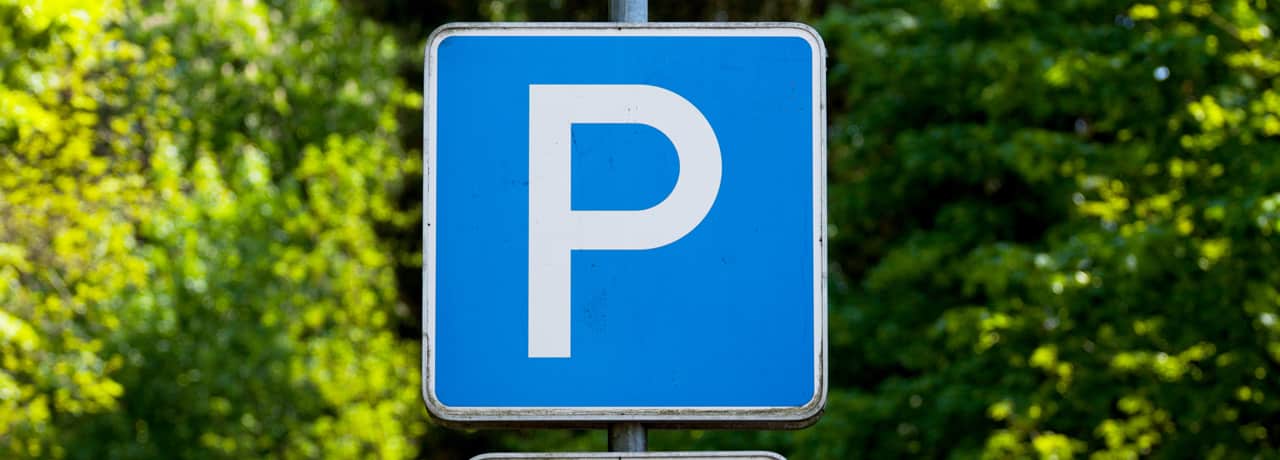February 6, 2018

Related Blogs:
Sign up for blog updates
Get innovation delivered to your inbox. Sign up for our blog and stay on top of the very latest from Semtech (formerly Sierra Wireless).
February 6, 2018

Smart parking technology could be the key to solving this ongoing problem. Creating more parking spaces won’t necessarily solve traffic congestion in heavily populated cities. Instead, we need better management of the spaces we currently have. Smart parking technology can improve this process, both for drivers and city planners alike.
Smart parking isn’t just a matter of having enough spaces for drivers who need to park, it’s about whether drivers can locate those empty spaces so that they can get off the road quickly. Studies have found that an estimated 30 percent of all drivers currently on the road are actively looking for parking. Not only does this increase the amount of time spent on the road per car, which worsens traffic, but these drivers also tend to drive more slowly than commuters who aren’t looking for parking. On average, drivers spend about 3.3 minutes looking for a space, travelling at 10mph and only covering about half a mile. This significantly slows the flow of traffic.
Additionally, drivers searching for available parking spaces are more likely to get into a collision. About one in every five traffic accidents occurs in or around a parking lot. Often, it’s a result of distracted driving and congested lots. Drivers will pay closer attention to the side of the road or the parking lot, rather than what’s in front of them or behind them—all because they’re trying to see whether a space is available. When this happens, drivers risk getting into fender benders or injuring pedestrians. These accidents significantly delay the flow of traffic, since it takes time to move the damaged vehicle off the road.
Implementing smart parking technology in cities can reduce traffic congestion by lowering the risk of distracted driving. While different cities use this technology in different ways, many currently leverage it to make empty parking spaces more apparent to drivers. Some parking garages and heavily traveled roads now have lights or other indicators installed above parking spaces to signal to drivers whether a space is available or not. Sensors in the lights can detect whether a car is currently in the space, turning green if the space is empty and red if the space is occupied. These lighted spaces can be seen from blocks away, which reduces driver distraction.
Rather than scanning the side of the road for empty spaces, many of which aren’t clearly marked, the driver can look straight ahead and see available, “green-lighted” parking. This also allows them to plan their parking maneuver well in advance, warning the driver behind them that they are going to pull into the space.
Smart parking technology increases parking safety, but its greatest impact on traffic congestion comes from the fact that it makes parking much faster. If city planners install sensor lights on every space, this gets drivers off the road more quickly because they can see whether a street or lot has parking available blocks in advance. In parking garages, you can even list the number of spaces available at the entrance, before drivers pull into the garage. This information receives constant updates from the sensors, ensuring that drivers always have the latest information. For instance, if a driver sees that there are no available parking spaces on a particular road and that the closest parking garage is full, rather than travelling along on the same road for blocks and blocks, they can turn onto a parallel street that does have parking available. This saves time on the driver’s commute.
Smart parking technology can go even further than sensors and lighted spaces. Using the latest advances in the Internet of Things (IoT), we can sync these sensors to a cloud platform that feeds the information into mobile apps or online parking websites. In theory, a driver could have a GPS app on their phone providing audio directions to the next available parking space or garage. The driver can keep their eyes on the road and spend far less time driving around looking for spaces.
Another way that smart parking technology will reduce traffic volume in cities is by making it easier for drivers to pay for parking. Technology that syncs with a mobile app allows drivers to pay for parking on their phones instantly, which saves time. A parking space might become available to the next driver more quickly when the first driver can pay for parking digitally—they’re not wasting minutes looking for a ticket machine.
If you want to use smart parking technology in your garage or lot, Start with Sierra. Our experts can offer tips on the best technology to connect sensors to a fully-integrated cloud platform that you can sync up to your own customized mobile app.
Get innovation delivered to your inbox. Sign up for our blog and stay on top of the very latest from Semtech (formerly Sierra Wireless).